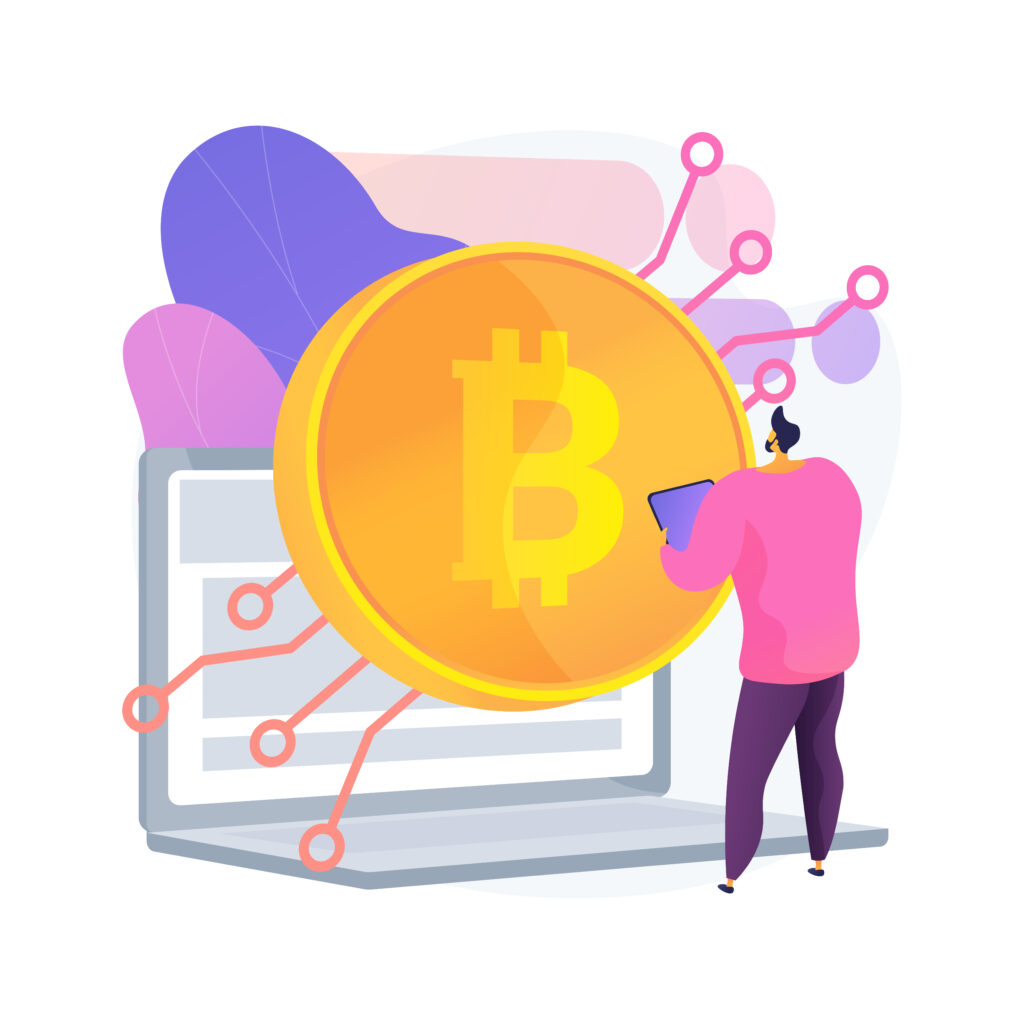Bitcoin, the pioneering cryptocurrency, has garnered global recognition for its groundbreaking concept of digital scarcity and its role as a decentralized store of value. However, the true potential of this revolutionary technology extends far beyond its current applications. Imagine a world where Bitcoin’s inherent qualities of immutability, decentralization, and security are harnessed to create a thriving ecosystem of digital artifacts, games, and innovative applications – all existing on the blockchain, forever preserved and immune to censorship or manipulation.
This vision is no longer a distant dream; it’s a reality that the Rune Protocol aims to bring to life, unlocking a new era of possibilities within the Bitcoin network.

To comprehend the significance of the Rune Protocol, we must first explore the concept of Ordinal Theory, a groundbreaking discovery that paved the way for this revolutionary upgrade. Bitcoin operates on a UTXO (Unspent Transaction Output) model, which means that individual satoshis (the smallest units of Bitcoin) can be tracked and transferred from inputs to outputs in a specific order.
Ordinal Theory capitalizes on this property by assigning unique numbers, called ordinals, to each satoshi based on the sequence in which they were mined and transferred. This numeric namespace enables the identification, tracking, and transferring of individual satoshis, opening up a world of possibilities that account-based blockchains like Ethereum simply cannot match.
With the ability to track and transfer individual satoshis, a new realm of collectibles emerges – Rare Satoshis. Bitcoin’s periodic events, such as block generation, difficulty adjustments, and halvings, create a system of rarity where certain satoshis are deemed uncommon, rare, epic, or even legendary, based on their provenance.
Imagine owning the first satoshi mined in a new block, a difficulty adjustment block, or the halving block – these digital artifacts carry immense cultural significance and rarity within the Bitcoin ecosystem. Furthermore, exotic satoshis associated with historical transactions, such as the infamous 10,000 Bitcoin pizza purchase or the first satoshis mined by Satoshi Nakamoto himself, hold immeasurable value for collectors and crypto enthusiasts alike.

The true magic of Ordinal Theory unfolds when data is inscribed onto these rare satoshis, creating what are known as inscriptions. Unlike traditional NFTs (Non-Fungible Tokens) on other blockchains, which are mere URLs pointing to off-chain data, inscriptions are permanently etched onto the Bitcoin blockchain itself.
This revolutionary approach ensures that the inscribed data – whether it’s artwork, music, videos, or any other digital content – will exist forever, immune to the inevitable decay of web links and centralized storage solutions. With recursive inscriptions, developers can even call upon existing data to create complex, layered inscriptions, pushing the boundaries of what’s possible on the Bitcoin network.

While inscriptions lay the foundation for a new era of digital artifacts on Bitcoin, the Rune Protocol takes this concept to unprecedented heights by introducing programmability to the world’s most secure and decentralized blockchain.
Runes are unique, non-fungible tokens that can be etched onto Bitcoin’s UTXO outputs, allowing for the creation of complex applications, games, and financial instruments within the Bitcoin ecosystem. Unlike traditional cryptocurrencies, which are fungible and interchangeable, each rune is unique, with a distinct name and set of properties.
The Rune Protocol is designed to be UTXO-based, ensuring compatibility with Bitcoin’s core principles while offering extended functionality. A single UTXO output can now contain not only Bitcoin but also any combination of runes, enabling the creation of intricate and innovative applications.
At ND Labs, we are not only committed to enhancing our expertise in the Web3 domain and staying abreast of the latest industry developments, but we are also eager to share our knowledge and offer solutions that can boost your business. Feel free to reach out to us with confidence.
To maintain scarcity and prevent the overcrowding of desirable names, the Rune Protocol implements a controlled supply mechanism. Initially, rune names will be restricted to a minimum length of 13 characters, with shorter names gradually becoming available over the next four years, in sync with Bitcoin’s halving cycles.
This controlled release of shorter names ensures that early adopters and dedicated community members have the opportunity to secure coveted names, while also fostering a vibrant ecosystem of diverse applications and projects built on the Rune Protocol.
As the anticipation for the Rune Protocol’s launch builds, enthusiasts and developers alike are preparing for the imminent revolution. Obtaining a compatible wallet, such as the Xverse wallet, and exploring existing ordinal projects on platforms like Magic Eden, Runestones, and the RSIC meta protocol, can provide valuable insights and a head start in this emerging ecosystem.
However, it’s important to note that the most coveted runes, particularly those with single-digit names, will not be airdropped or distributed by projects. These highly sought-after runes will come into existence at block 840,000, after the next Bitcoin halving, and will be available on a first-come, first-served basis, igniting a frenzy among enthusiasts and collectors alike.

While the Rune Protocol may initially appeal to degens (decentralized finance enthusiasts) and collectors seeking rare digital artifacts, its true potential extends far beyond this niche. By bringing programmability and a thriving ecosystem of applications to Bitcoin, the Rune Protocol could act as a Trojan horse, catalyzing mainstream adoption and unlocking the full potential of the world’s most secure and decentralized blockchain.
As the total market capitalization of cryptocurrencies (excluding Bitcoin) hovers around $1.2 trillion, even capturing a modest 1% of this market could propel the Rune Protocol to a valuation exceeding $10 billion. This potential, combined with the inherent appeal of degens and the increased transaction volume for miners, paints a promising picture for the future of this groundbreaking upgrade.
The Rune Protocol represents a paradigm shift in the way we perceive and interact with the Bitcoin network. By harnessing the power of Ordinal Theory and inscriptions, this innovative upgrade opens the door to a world of digital artifacts, programmable applications, and financial instruments – all existing on the immutable and decentralized Bitcoin blockchain.
As the crypto community eagerly awaits the launch of the Rune Protocol, one thing is certain: Bitcoin’s potential is about to be unleashed, ushering in a new era of innovation, creativity, and mainstream adoption for the world’s most secure and decentralized blockchain.